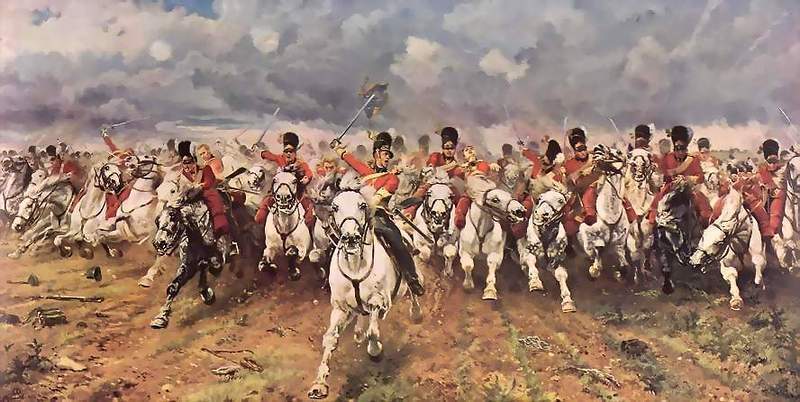
I played a lot of Risk as a kid (well, actually as a teenager and adult too) and observed the emergent strategies that players take in that game. Most players, after the first few terms tend to be holed up in one area of the board: Australia, South America, Europe. They don’t have a continent per say, but they at least control a foothold in an area, which they defend vigorously, dumping all their armies on every term. This means that after a few terms the game has already fallen into a de facto stalemate.
The people who are most successful at the game though follow a different strategy. In addition to their stronghold, they create a ‘Grand Expeditionary Force’: A group of armies cut off from the main stronghold which conquer new territory and explore new strongholds somewhere else on the map. This allows them to both hold on to a stronghold that protects their defensive positions while still exploring and growing their influence. Sometimes the Grand Expeditionary force doesn’t work out at all, but they’ve built enough cards while weakening the other players that it still pays off.
Businesses also need Grand Expeditionary Forces. In the early stage, arguably that’s all that a business is. Even after the initial traction and validation, a company still needs to put some of its resources towards exploring other options and avenues. I’d argue this is the most important time to explore (just like a late game expeditionary force isn’t as useful as one early on) because a young company has no idea the size of the hill it’s climbing. It’s all too easy to get some early traction and immediately try to start scaling an idea rather than a business. Ideas don’t scale; businesses do.
I think it’s still important at the largest levels and the companies that are most successful in the long run – Google, IBM , AT&T (in the mid century – not the current iteration –also Xerox) – spend time exploring crazy options. If you don’t disrupt your market, someone else will.